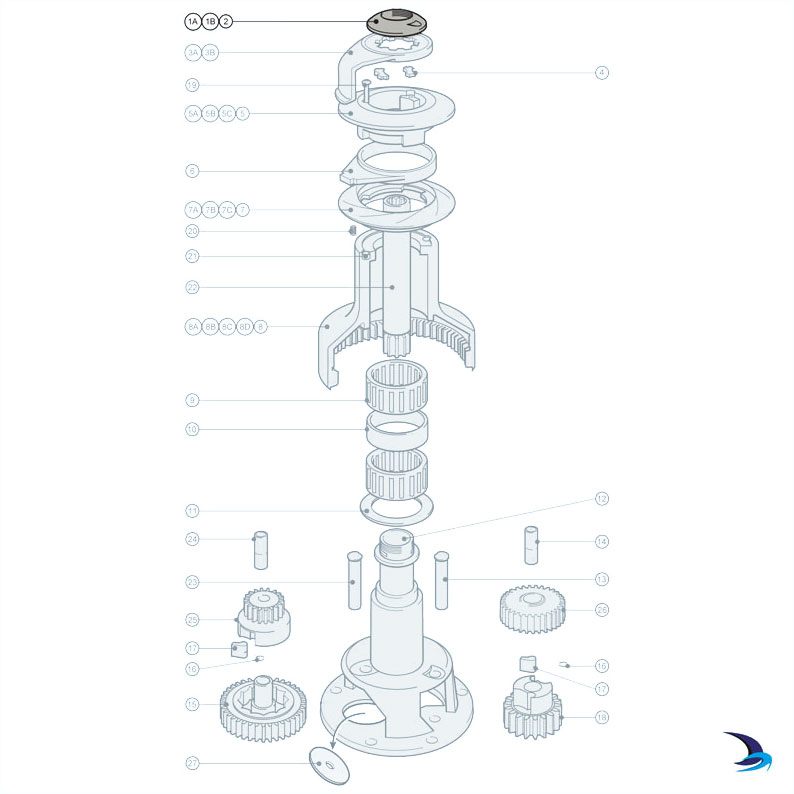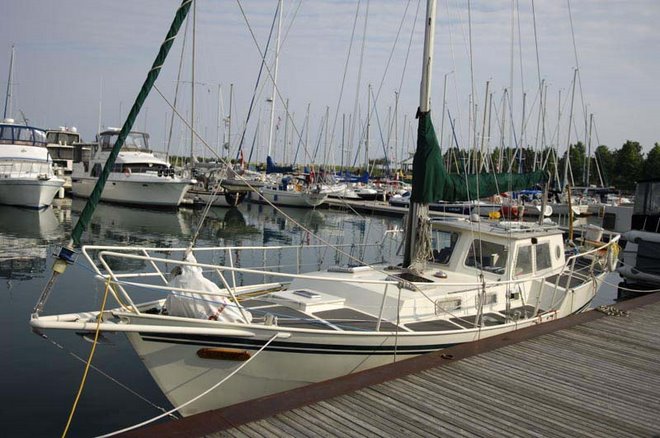I believe we have had automatic transmissions in cars since at least 1939 (GM's Hydra-matic...although there were many precursors). Until quite recently, received wisdom was that manuals were better for reasons of a) speed, b) economy, c) performance and d) the way you could start a battery-dead manual car by pushing it down a hill.
In the last 10 years or so, however, advances in sports car transmissions have given the edge in these areas to automatics. In small economy cars, the CVT is taking hold. The paradigm has shifted, to make a pun: It's now getting as hard to buy a manual shifting car as it is to get manually lowering windows.
I won't include boom-reefing, because, despite its seemingly ideal midpoint of utility, it hasn't claimed a large part of the mainsail-handling market, whereas many of the "name" boatbuilders have gone with in-mast, perhaps due to marketing rationales based on aging customers for bigger boats, or just out of "follow the leader" behaviour.
While some focus on "not having to leave the cockpit" as a bonus of in-mast reefing, I discount this because everything but the reef lashing can be accomplished on a traditionally rigged boat from the cockpit, and also because I feel that if you can't work on the deck safely, you might have either the wrong techniques of harm reduction or may be not fit to sail in the sort of conditions requiring significant sail reduction. It has to be said: there are some sailors reluctant to swallow the anchor who may be taking on very large cruisers five years beyond their abilities. It's a bit reminiscent of 80-year-olds and driving: Some won't pass those mandatory retests, but the argument that getting half-blind, slow-reacting seniors off the road shouldn't apply because "it will restrict their freedom" doesn't cut it for me. So while the in-mast furling solution may extend the years in which an aging couple may sail, I'm not sure it's a lifetime pass for people who should really consider a trawler...or an RV.
Certainly, in the case of Alchemy, we are set up for slab/jiffy reefing, and the standing rigging is robust and heavily stayed. Our crew is young in the context of the general cruising community, and the purchase of a boat of this size was predicted on the realistic ability of my compact, if strong, sub-40 year old wife to handle all sails as they were rigged on the boat. As we sail conservatively, and as we have an arguably safer deck layout for handling halyards, etc., we see no advantage to changing, and many advantages to making a deeply reefable main, to installing jacklines, and perhaps even a "Dutchman" flaking system. Lastly, as a heavy displacement boat, we need all the drive and sail shape we can get, and that isn't currently found with either alternative main furling design.
Maybe one day we will see smaller boats all go in-mast. Maybe one day slab reefing will follow the hank-on foresail and the gaff rig into niche categories. But I don't see that we are quite at that point yet, and I don't see it's something I want to introduce into our upcoming voyaging plans.











